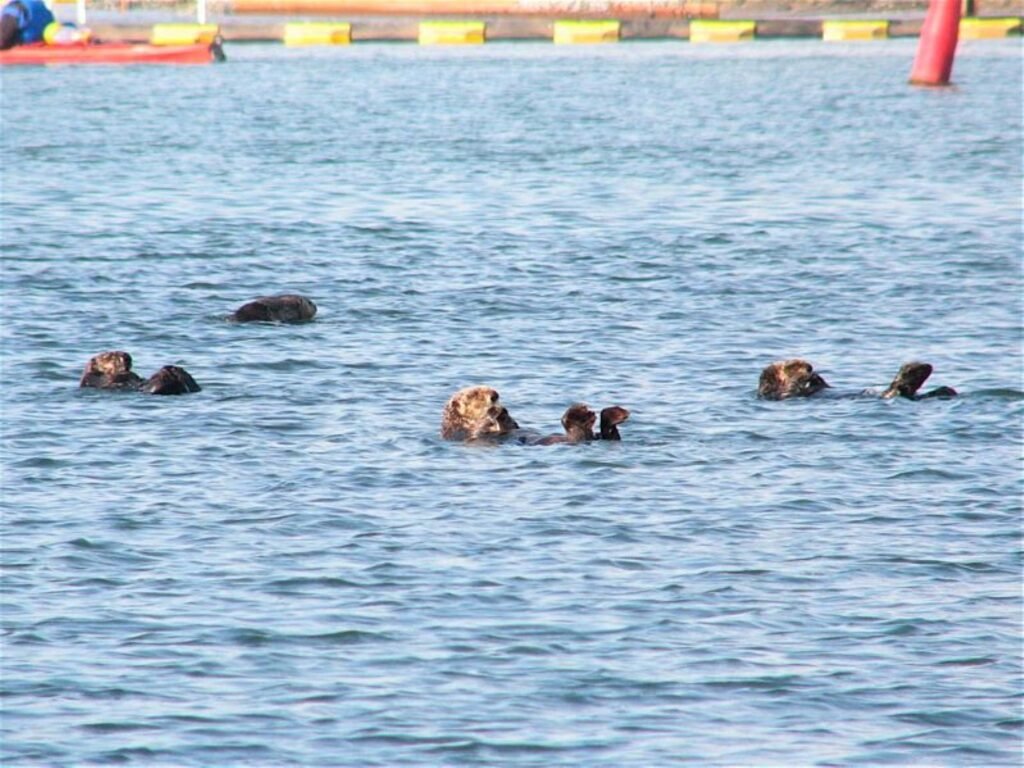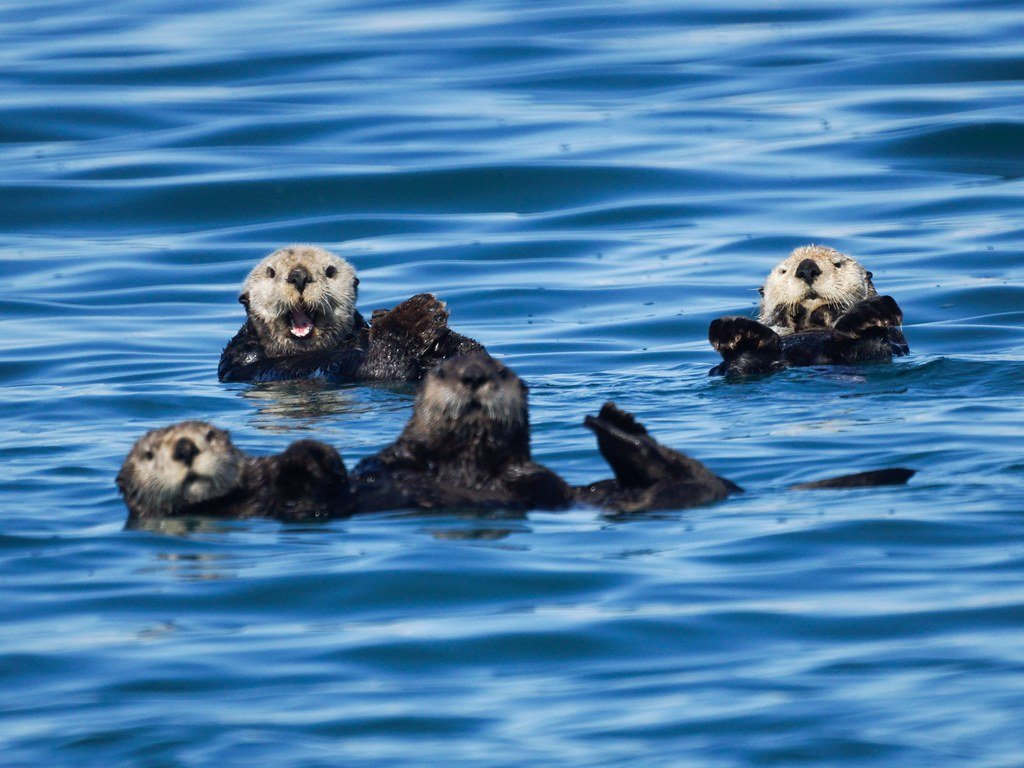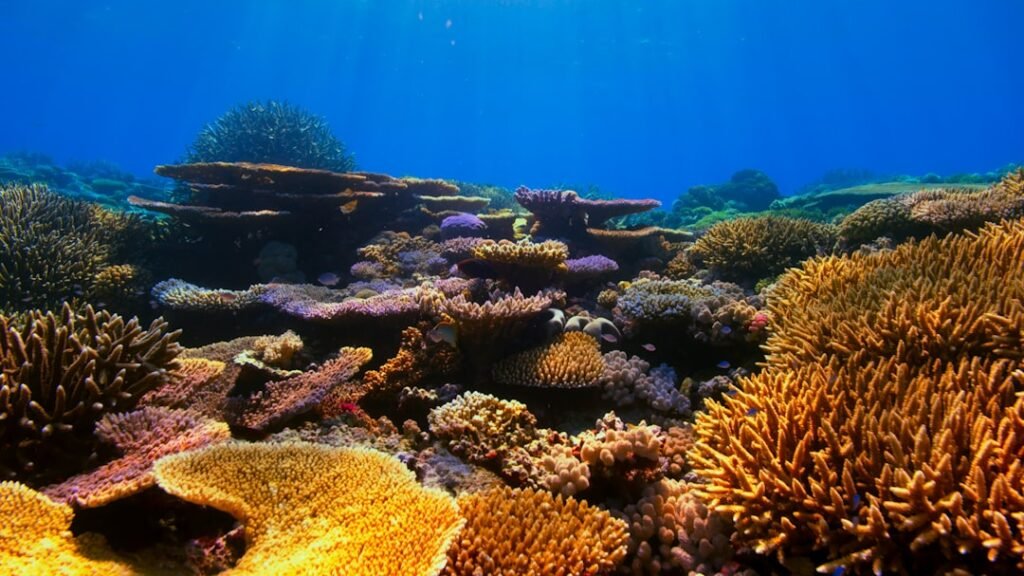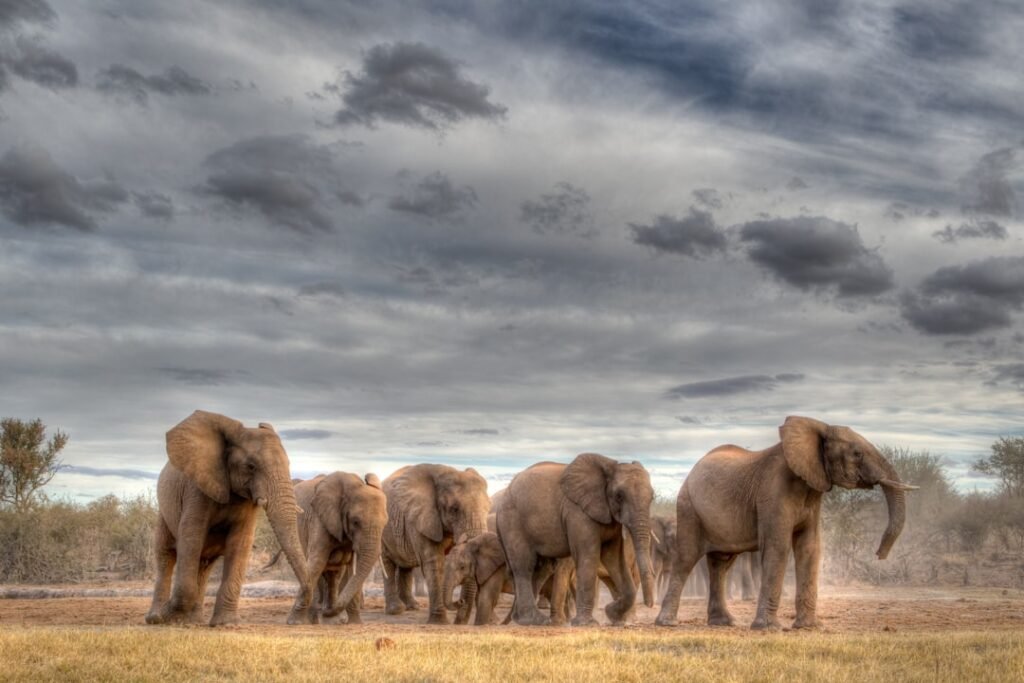Alaska’s marine ecosystem is witnessing something quite remarkable. Sea otters, those playful marine mammals that once faced near extinction, are making an impressive comeback across many regions of the Last Frontier.
It’s a story that began centuries ago when fur traders hunted these animals to the brink of disappearance. Now, decades of protection and careful management have allowed their populations to flourish again in ways that scientists could only dream of just a few generations ago. Let’s explore how these charismatic creatures are transforming Alaska’s coastal waters.
The Triumphant Return of Southeast Alaska’s Sea Otters

Southeast Alaska’s sea otter recovery stands as one of conservation’s most dramatic success stories. After being reintroduced in the late 1960s, the population has grown exponentially and nearly doubled since the early 2000s, with recent surveys indicating a substantial population in the region. This represents more than double the estimate from 2008.
What makes this recovery even more stunning is where it started. In the early 1900s, sea otters were completely wiped out from Southeast Alaska due to the fur trade. The region’s waters sat empty of these ecosystem engineers for decades. Today, their return has been so successful that local communities are actually calling for better management of what they describe as a “booming” population.
Southcentral Alaska Shows Remarkable Resilience

Despite thousands of sea otters dying in Prince William Sound from the 1989 Exxon Valdez oil spill, rebuilding the population took about 25 years, with the U.S. Geological Survey concluding in 2014 that the population had recovered to pre-spill levels. This recovery defied many experts’ expectations about how long it would take marine mammals to bounce back from such environmental disasters.
Population levels in the Southcentral stock have now stabilized and may be increasing, with population estimates showing substantial numbers, and long-term studies show reproductive and survival indicators have returned to pre-spill conditions. The fact that these otters overcame both the immediate trauma of oil exposure and long-term environmental contamination speaks volumes about their resilience as a species.
Southwest Alaska Faces Complex Challenges

The Southwest Alaska stock declined by more than 50% since the mid-1980s, with recent stock assessments indicating substantial population numbers, and it’s believed the overall population trend has stabilized in recent years. This stabilization offers hope after decades of concerning population drops.
Scientists have determined that predation, possibly from killer whales, rather than nutritional limitation, disease, or environmental contaminants, appears to be the reason for the population decline. Understanding this cause has been crucial for developing appropriate conservation strategies. The fact that otters in declining areas still had plenty to eat and were reproducing well suggested something else was driving the population drops.
Kelp Forests Experience Dramatic Revival

Sea otter reintroduction has triggered classic trophic cascades, with otter repatriation followed by a 99% reduction in urchin biomass density and a greater than 99% increase in kelp density region-wide. These numbers represent some of the most dramatic ecological transformations ever documented in marine environments.
Thirty years of data revealed that kelp forests grew back in both British Columbia and Alaska, with Alaska’s kelp forests showing remarkable stability and even increases over the past hundred years, contrary to trends observed at lower latitudes. Kelp in Southeast Alaska showed persistence and spatial increase that closely matched increases in the range of sea otters. This connection between otter recovery and kelp forest health demonstrates the power of keystone species in ecosystem restoration.
Carbon Storage Benefits Multiply

Kelp forests are one of the most efficient absorbers of CO2, using carbon from the atmosphere to grow their underwater structures, and according to research, kelp forests guarded by sea otters can sequester significantly more carbon from the environment. This makes sea otter recovery not just a conservation success, but also a climate solution.
The carbon storage capacity of these restored kelp forests extends far beyond what scientists initially expected. When sea otters control sea urchin populations, the resulting kelp forests become massive underwater carbon sinks. Think of it like having vast underwater forests working around the clock to pull greenhouse gases from our atmosphere.
Marine Biodiversity Flourishes

Studies in Alaska have documented 2-5 times more fish species in areas with sea otters versus areas without, and kelp forests provide spawning habitat for herring and Atka mackerel as well as nursery areas for salmon fry. The ripple effects of otter recovery extend throughout the entire marine food web.
Many birds, such as sea ducks, use kelp forests for resting and feeding, while the forests protect coastlines from severe wave action and absorb carbon dioxide from the atmosphere. This demonstrates how a single species recovery can trigger cascading benefits across multiple levels of the ecosystem, from microscopic organisms to large marine mammals.
Fishing Communities Express Growing Concerns

The concern largely revolves around sea otter prey species like crab and oyster that are crucial for commercial and subsistence fishermen, with one mariculture farmer saying they felt like they were “setting a cafeteria because they were being raided on a regular basis”. These economic impacts have created tension between conservation success and local livelihoods.
Communities, crabbers and dive fishermen have raised concerns about the issue and sought relief for more than a decade. The Petersburg Borough Assembly, joining Wrangell and Haines, passed resolutions calling on state and federal authorities for help and urging authorities to collaborate in creating a sea otter management plan. The speed of otter recovery has caught many fishing communities off guard, forcing them to adapt to rapidly changing marine ecosystems.
Indigenous Communities Lead Sustainable Management

Sealaska Heritage Institute has released research on sea otter recovery and management in Southeast Alaska, documenting Indigenous knowledge and hunting practices alongside ecological research, examining how Alaska Native communities are responding to the rapid return of sea otters. This research bridges traditional knowledge with modern conservation science.
Traditional sea otter hunting practices were well developed and managed to limit sea otter impacts on local shellfish beds by applying strong hunting pressure, and the study highlights how increased hunting and handicraft production have helped ease pressure on shellfish resources near Sitka. These historical practices offer models for balancing ecosystem health with community needs in modern contexts.
Scientific Monitoring Reveals Population Trends

Population trends across Alaska’s five sea otter management units are highly variable, with two units increasing in recent years, one stable or slightly increasing, and overall data suggesting the Southwest stock trend is generally stable to increasing. This complex picture requires region-specific management approaches.
New statistical methods allow combining multiple types of data in single models to improve understanding of population dynamics, with scientists developing integrated data models for each of the three distinct sea otter stocks in Alaska. These advanced monitoring techniques give researchers unprecedented insight into otter population health and trends, enabling more precise conservation decisions.
Future Challenges and Conservation Priorities

Uploaded by PDTillman, CC BY 2.0, https://commons.wikimedia.org/w/index.php?curid=28231304)
Climate change presents new challenges for Alaska’s recovering sea otter populations. Warming ocean temperatures, changing prey distributions, and shifting marine ecosystems could affect otter recovery in unpredictable ways. Scientists are working to understand how these environmental changes might influence future population trends.
The challenge now lies in balancing conservation success with community needs. Alaska’s sea otters have rebounded so successfully that they’re creating new management challenges. Finding ways to maintain healthy otter populations while supporting sustainable fisheries and Indigenous hunting practices requires innovative approaches that honor both ecological and cultural values.
Conclusion

Alaska’s sea otter recovery represents one of marine conservation’s greatest triumphs. From near extinction to thriving populations that are reshaping entire marine ecosystems, these remarkable animals have proven nature’s incredible capacity for renewal when given proper protection. Their return has triggered cascading benefits throughout Alaska’s coastal waters, from carbon sequestration to biodiversity enhancement.
The success story continues to unfold, though not without complexity. As otter populations flourish, communities must navigate the balance between conservation achievement and economic realities. What do you think about this remarkable comeback? Tell us in the comments.

Hi, I’m Andrew, and I come from India. Experienced content specialist with a passion for writing. My forte includes health and wellness, Travel, Animals, and Nature. A nature nomad, I am obsessed with mountains and love high-altitude trekking. I have been on several Himalayan treks in India including the Everest Base Camp in Nepal, a profound experience.




